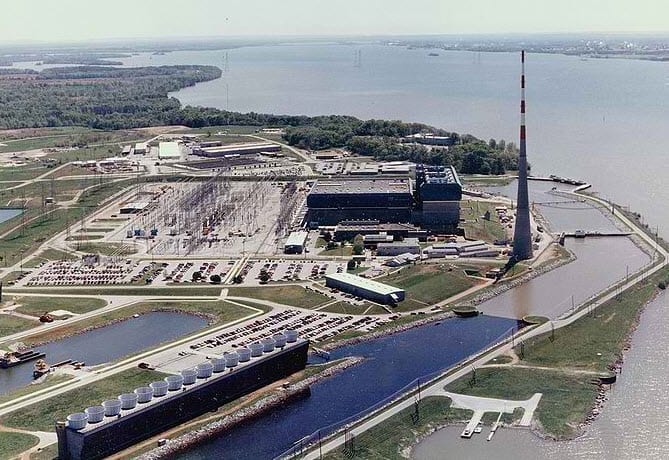 The outbreak of tornado’s and severe weather Wednesday caused massive damage across the southeastern United States. With a death toll of just over 200, almost three-quarters of those were in Alabama. The storms were so bad that the Browns Ferry nuclear plant had to shut down three reactors due to a power outage.
The outbreak of tornado’s and severe weather Wednesday caused massive damage across the southeastern United States. With a death toll of just over 200, almost three-quarters of those were in Alabama. The storms were so bad that the Browns Ferry nuclear plant had to shut down three reactors due to a power outage.
The Browns Ferry nuclear plant in northern Alabama is owned by Tennessee Valley Authority (TVA). It was the first plant the TVA built and at that time (1974) it was the world’s largest nuclear plant. The Browns Ferry plant is very similar in structure to the still crippled Fukushima plant in Japan.
A spokesperson for the TVA reassured everyone that all back-up generators came on and functioned as they were supposed to. The plant lost power as the violent storms took out eleven, high voltage power lines near their facility. By late Wednesday, evening the power had been restored to the plant.
The Browns Ferry plant is built near the New Madrid fault. In construction, it was designed to withstand a 6.0 earthquake. This worries a lot of people who know the New Madrid fault is capable of much stronger size quakes. Additionally, as it proved yesterday; severe weather can also be expected in this region.
In a recent newspaper editorial, citizens were asking energy officials to re-evaluate the plants’ designs and make certain that several methods of failsafe procedures were in place and effective. The attention came after the tragic events that unfolded in Japan at the Fukushima nuclear plant last month, after the devastating quake and tsunami.
The Nuclear Regulatory Commission (NRC) and nuclear industry have been assuring the public of the plant’s safety and durability to withstand a natural disaster. While secretly, behind the scenes, NRC senior analysts are questioning the adequacy of the generators to keep the cooling systems functioning over an extended period of time.
The Browns Ferry facility has three reactors with more than 1400 metric tons of spent fuel and rods. In comparison; the Alabama plant has as much fuel and rods in three reactors as Fukushima had in six reactors.
